11 Digital Onboarding Benefits for Banks
Date
Aug 06, 25
Reading Time
16 Minutes
Category
Low-Code/No-Code Development
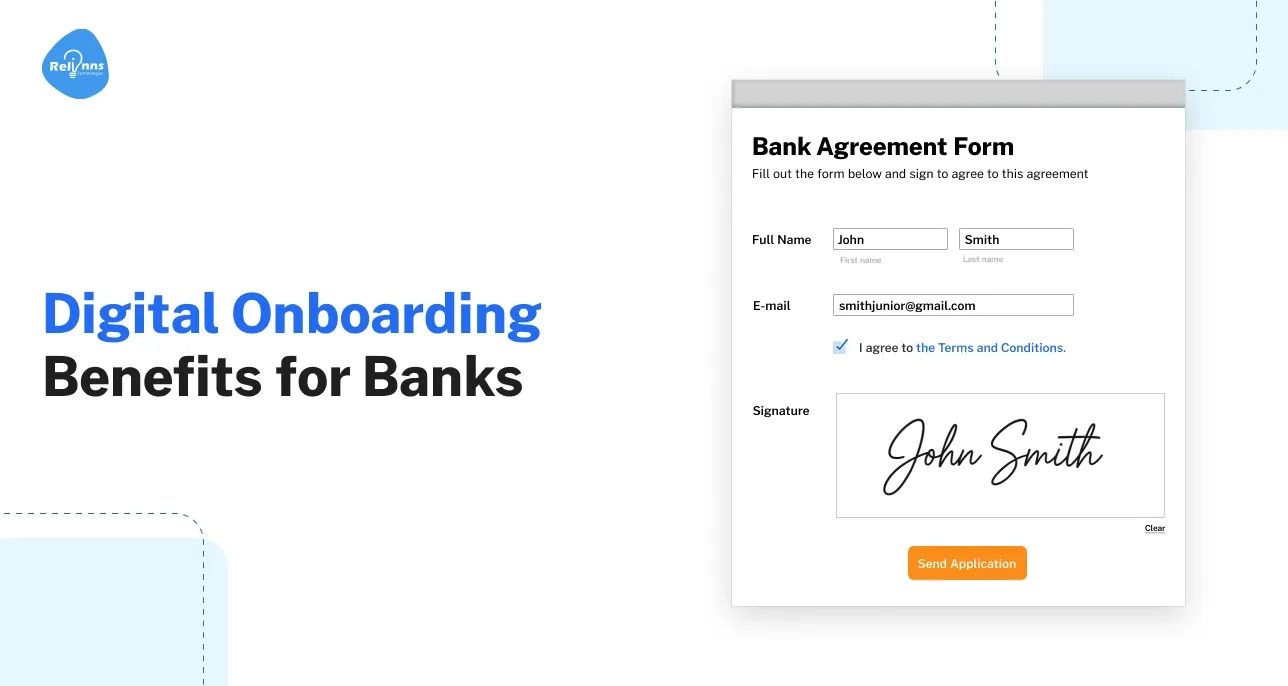
Digital onboarding is transforming how banks welcome new customers. Instead of tedious paperwork and branch visits, banks leverage banking onboarding software and digital KYC solutions to verify identities and open accounts online.
In today’s era of digital transformation in banking, this shift isn’t just a tech upgrade – it’s a competitive necessity.
Over 75% of banking customers want to open accounts digitally, yet less than 30% of banks offer fully digital onboarding journeys. (Source: McKinsey)
This gap presents an opportunity. Modern customers expect convenience, speed, and security during customer onboarding in banking, and banks that deliver reap rewards.
What follows are 11 digital onboarding benefits for banks. From efficiency gains to higher customer satisfaction, these advantages of digital onboarding show why going digital in onboarding is no longer optional – it’s critical for banks aiming to improve service and stay ahead of the curve.
11 Digital Onboarding Benefits for Banks You Can’t Afford to Miss
Digital onboarding is more than a trend—it’s a game-changer. Banks leveraging these benefits are gaining speed, cutting costs, and improving customer satisfaction. Let’s explore the 11 powerful advantages driving digital transformation in banking today.
1. Faster Onboarding, Fewer Drop-Offs
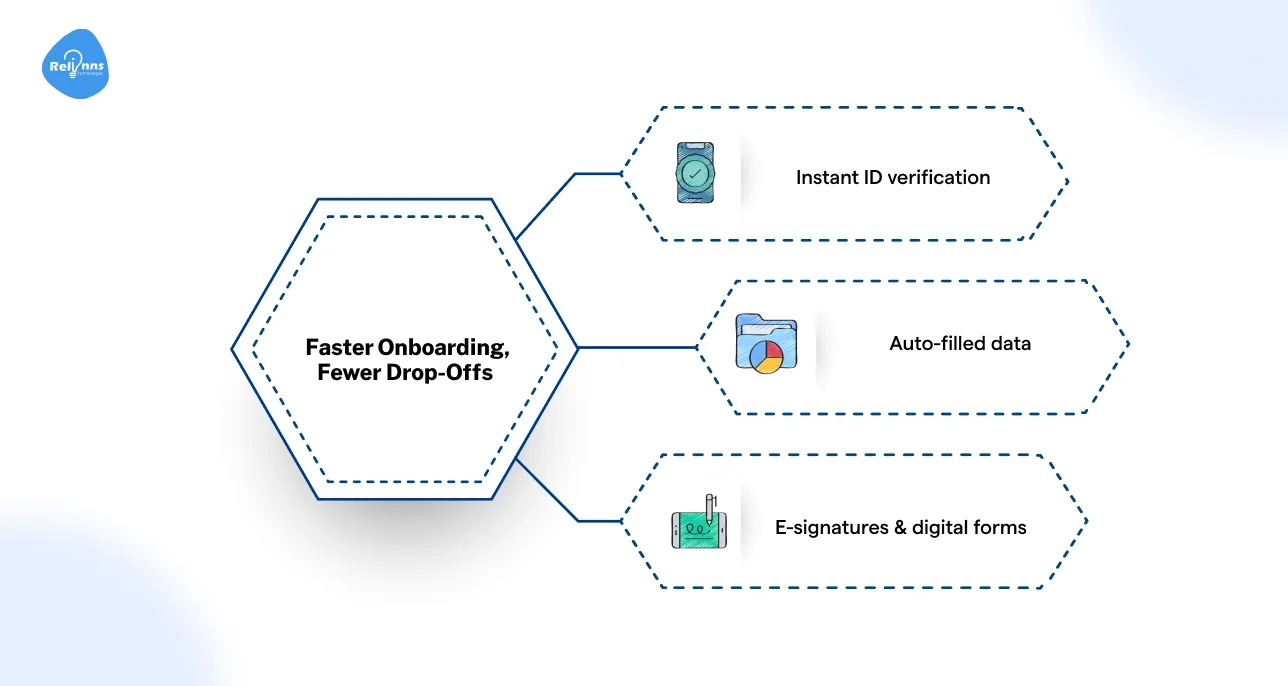
One of the most obvious digital onboarding benefits for banks is speed. Opening a bank account or loan digitally can happen in minutes rather than days.
A traditional in-branch process that might span multiple days (or require mail-in forms) is condensed into a quick online flow. By accelerating customer onboarding in banking, banks keep applicants engaged and far less likely to abandon the process.
Here’s how digital onboarding accelerates account opening.
- Instant ID verification: Live document checks and biometrics verify identities in minutes, not days. For example, eKYC processes can cut onboarding time by up to 90%. (Source: absrbd)
- Auto-filled data: Integration with databases (like credit bureaus or government ID records) pre-populates forms, reducing manual input.
- E-signatures & digital forms: Customers sign and submit paperwork electronically, eliminating mailing delays and branch appointments.
This speed directly combats drop-offs.
Studies show up to 70% of new account applications in traditional banks are abandoned due to lengthy onboarding.
By contrast, one global bank slashed its account opening time from 3 days to 15 minutes with a digital solution, dramatically reducing abandonment. (Source: Intellias) With fast, convenient onboarding, banks capture more completed applications.
In short, a faster process means a higher conversion rate. Speed isn’t just a nice-to-have; it’s a make-or-break factor in turning applicants into customers during customer onboarding in banking.
2. Higher Customer Conversion Rates
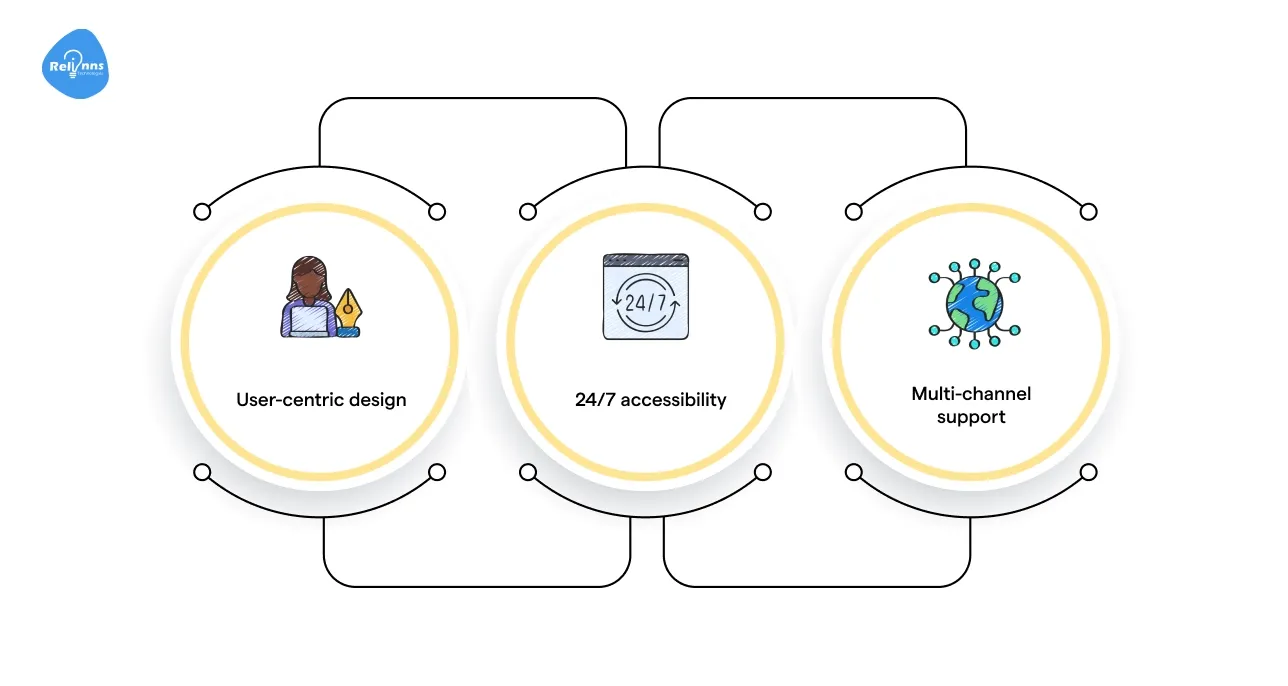
Closely tied to speed is the benefit of improved conversion. Digital onboarding benefits for banks include significantly higher completion rates of applications.
When the process is user-friendly and quick, more prospects finish opening an account instead of giving up. This directly boosts a bank’s customer acquisition numbers without additional marketing spend.
How digital onboarding drives conversions.
- User-centric design: Intuitive interfaces, save-and-resume features, and clear progress indicators keep applicants moving forward. Each step is optimized to minimize frustration.
- 24/7 accessibility: Applicants can start and finish onboarding anytime, anywhere – no need to visit a branch during business hours. This flexibility captures those who might otherwise procrastinate or drop off.
- Multi-channel support: Integrated chatbots or help widgets guide users in real time if they hit a snag, preventing abandonment due to confusion.
The impact is evident in the data. The abandonment rate for online bank applications has been as high as 63–68% in recent years.
By implementing seamless digital onboarding, banks can reverse this trend.
A 2022 survey found 68% of consumers abandoned an online financial account application; that was up from 63% in 2020.
The banks that have embraced digital onboarding are seeing these numbers fall. When onboarding is convenient and straightforward, more potential customers become customers.
This advantage of digital onboarding translates to a lower cost of customer acquisition and a growing customer base, vital in a competitive banking landscape.
Suggested Reading: Joget for Financial Services: Automation That Deliver Results
3. Lower Operational Costs
Another key digital onboarding benefit for banks is a reduction in operational costs. Digital processes automate manual tasks, saving time and money.
By moving from paper and in-person verification to software-driven workflows, banks can onboard customers at a fraction of the cost.
Here’s why digital onboarding lowers costs.
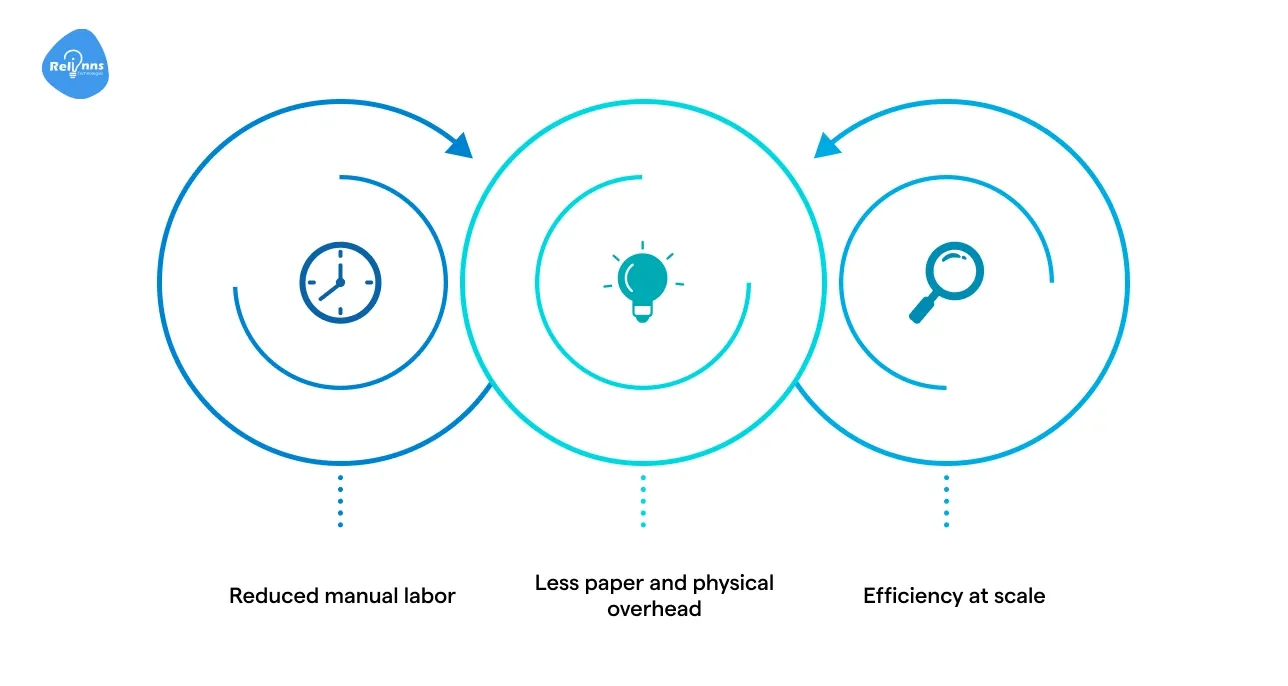
- Reduced manual labor: Fewer staff hours are needed to review documents or retype data from paper forms. Automation handles ID checks and data entry.
- Less paper and physical overhead: No printing, mailing, or physical storage of forms – saving on materials and administrative handling.
- Efficiency at scale: Once set up, a digital onboarding platform can process thousands of applications with minimal incremental cost, unlike scaling up human staff for a surge.
According to industry research, banks that invest in digitizing onboarding and KYC see substantial cost savings.
One survey of financial firms reports an 80% reduction in onboarding costs with eKYC implementation.
Similarly, banks embracing digital transformation have cut operating costs by 20–40% while unlocking new revenue opportunities.
These savings come from fewer errors, less duplication of work, and faster turnaround. Importantly, lower onboarding costs do not mean cutting corners – digital workflows improve accuracy (as we’ll see next) while trimming expenses.
For banks, this means improved profitability and the ability to reallocate staff to higher-value activities instead of shuffling paperwork.
4. Improved Data Accuracy & Compliance
Digital onboarding greatly enhances data accuracy and regulatory compliance – a critical benefit for banks.
Traditional manual onboarding is prone to human errors, such as typos, missing information, or misfiled documents. In contrast, digital systems validate and organize data automatically, ensuring cleaner records. At the same time, digital KYC solutions built into onboarding help banks meet strict compliance requirements (KYC, AML, etc.) more effectively.
Advantages of digital onboarding for data and compliance:
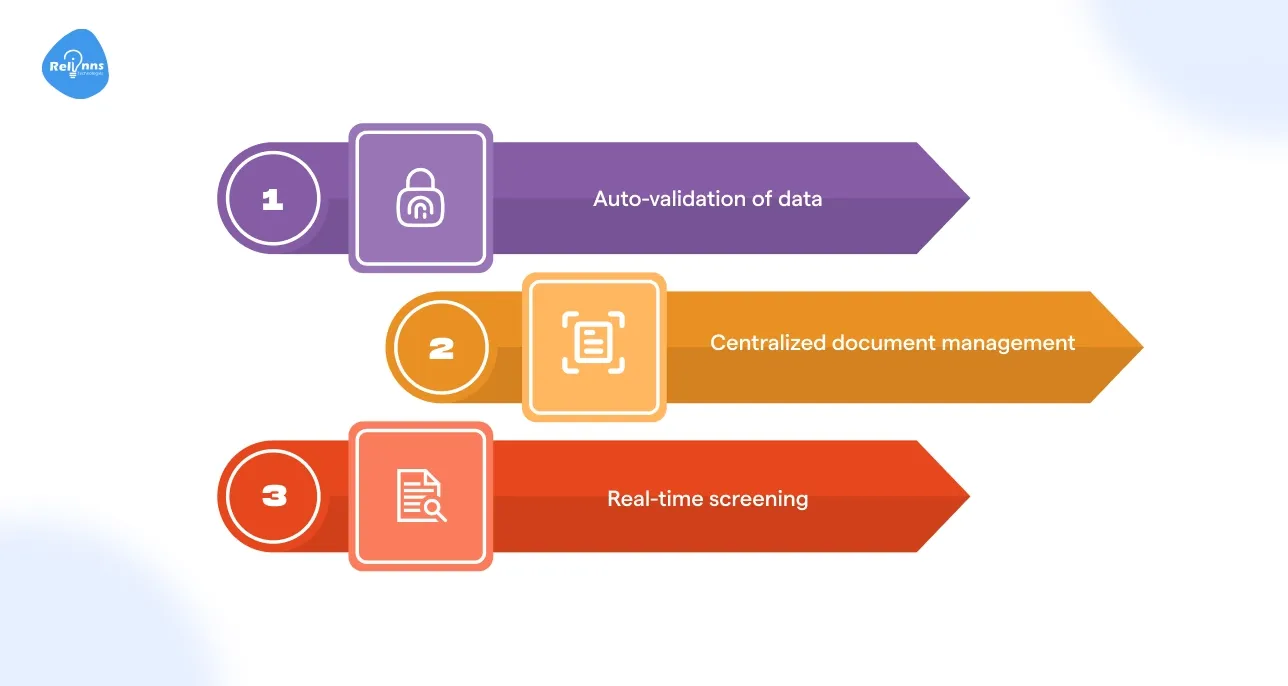
- Auto-validation of data: Online forms can validate inputs (e.g., flagging an invalid ID number or expired document) instantly. This prevents errors from entering the system.
- Centralized document management: Digital onboarding platforms securely collect and store KYC documents, creating an audit trail and simplifying future audits or reviews.
- Real-time screening: Integrations with sanction and PEP lists allow automatic screening of new customers during onboarding, ensuring compliance checks are done every time.
The result is fewer compliance slip-ups and less risk of regulatory fines.
Notably, slow or inconsistent onboarding has been a compliance pain point – 67% of banks worldwide have lost clients due to slow, inefficient onboarding.
Digital onboarding addresses this by standardizing and accelerating compliance steps. Every customer goes through the proper ID checks and due diligence in a streamlined way.
Improved accuracy also means better service down the line – customer data is correct from the start, which helps in everything from credit decisions to personalization.
In short, digital onboarding allows banks to “get it right” on day one, marrying a positive customer experience with robust compliance.
5. Enhanced Fraud Detection and Security
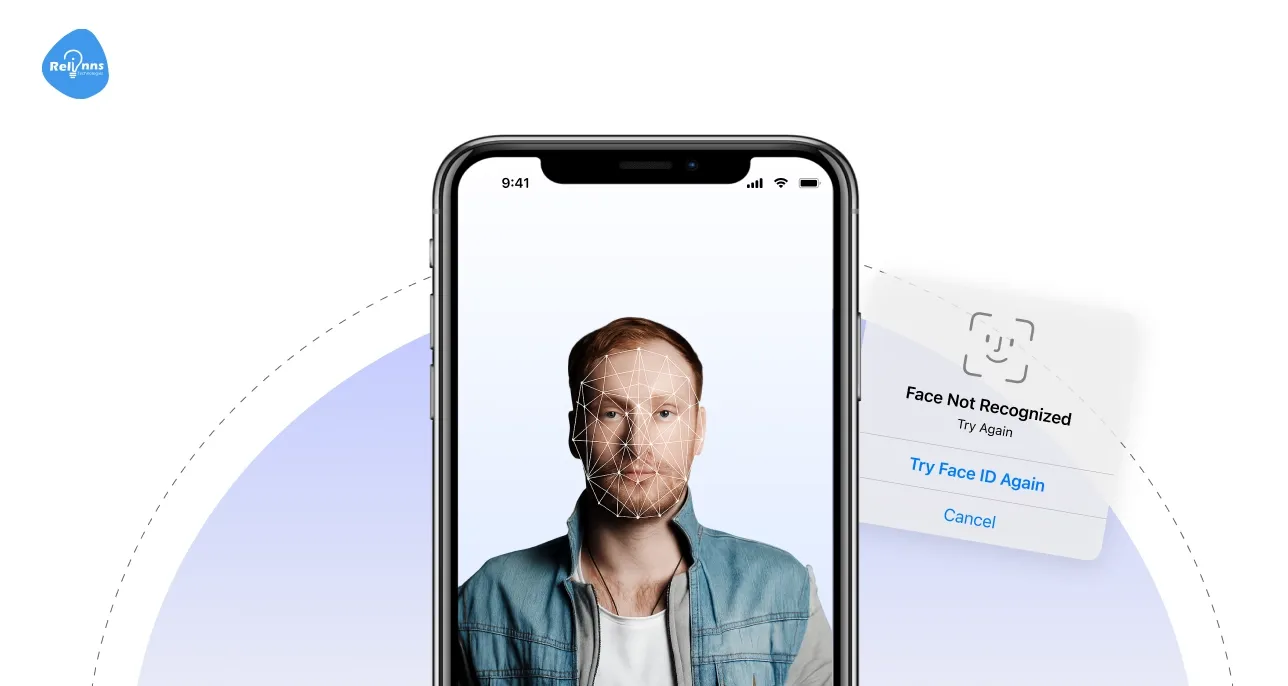
Going digital with onboarding doesn’t just make things faster – it also boosts security. Strengthening fraud prevention is one of the top digital onboarding benefits for banks.
Advanced verification technologies can catch fake IDs or suspicious behavior far better than a cursory manual check in a branch.
How digital onboarding improves security.
- Advanced ID verification: Tools use AI and machine learning to inspect uploaded ID documents for forgeries and perform facial recognition. This makes it hard for fraudsters to use stolen or fake identities.
- Device and biometric checks: Digital platforms can fingerprint devices, check geolocation, or use biometric authentication to ensure the person is legitimate. These layers help detect and block fraudulent attempts.
- Audit trails and analytics: Every step of the digital onboarding is logged. Unusual patterns (like multiple attempts from the same device or mismatched information) can trigger alerts for further review.
With legacy processes, a bank employee manually eyeballing an ID might miss subtle red flags. Digital systems, however, can perform forensic checks in seconds.
With such digital transformation in banking onboarding, one bank reported weeding out a large number of fraudulent applications that would have slipped through before.
Additionally, digital onboarding platforms are often built with encryption and secure storage from the ground up, reducing the chance of sensitive customer data being mishandled.
By investing in banking onboarding software with strong security features, banks protect themselves and their customers from fraud, all while onboarding customers more efficiently. It’s a win-win: safer and faster.
Suggested Reading:
A Complete Guide to Digital Onboarding in Banking Using Low Code
6. Better Customer Experience
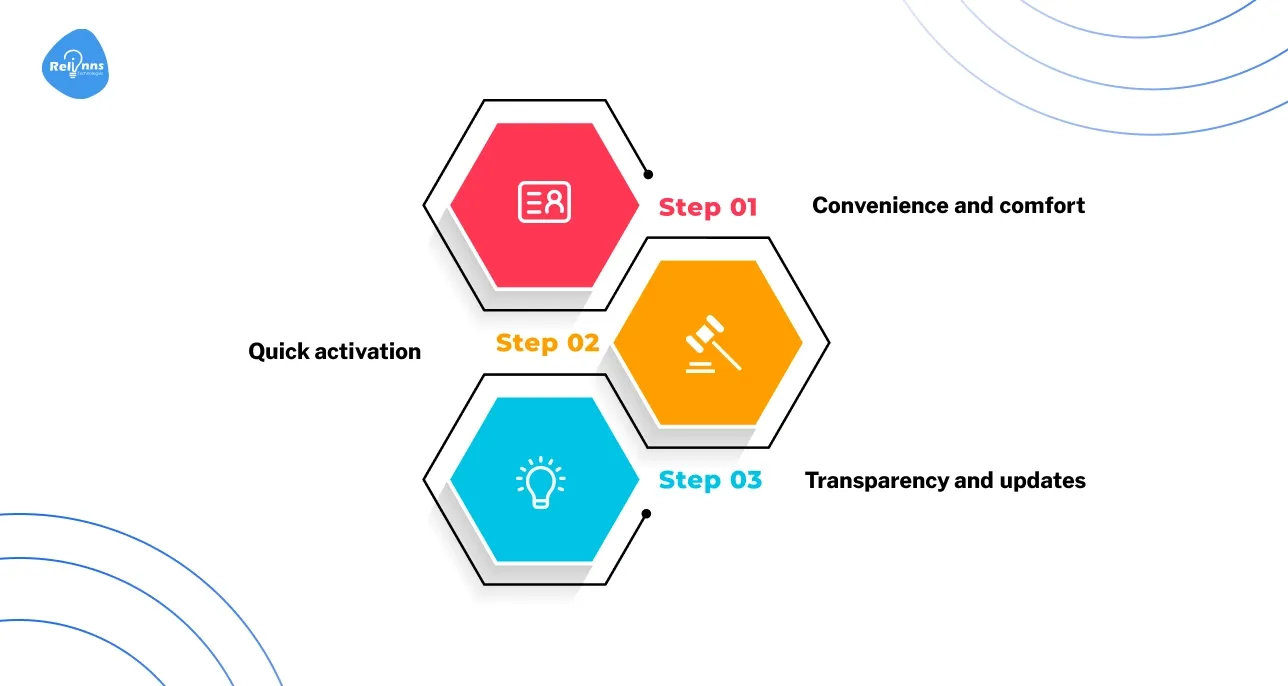
In the interest stage of the sales funnel, educating banking professionals on benefits wouldn’t be complete without highlighting customer experience.
A smoother, more convenient onboarding is a direct boon to new customers, and happy customers are more likely to become loyal.
Improving the onboarding experience is thus a core advantage of digital onboarding for banks aiming to boost satisfaction from day one.
Why digital onboarding = a superior customer experience.
- Convenience and comfort: Customers can complete onboarding from home or on their phone, without taking time off to visit a branch. This anytime/anywhere convenience meets modern expectations.
- Quick activation: A process that used to take days or weeks now takes minutes. Customers can start using their accounts or services almost immediately after signing up.
- Transparency and updates: Digital onboarding can provide real-time status updates. This keeps customers in the loop and at ease during the process.
The impact on customer perception is huge. A fast, hassle-free onboarding gives a great first impression of the bank. Instead of frustration at filling in the same information on five forms, the customer experiences a streamlined welcome.
According to a survey, 97% of banking customers are satisfied with their bank’s online and mobile services – a testament that when done right, digital channels can significantly enhance satisfaction.
Moreover, by using personalization during onboarding (such as tailoring product offers based on data provided), banks can show customers they are understood and valued from the start.
In summary, digital onboarding benefits for banks extend to creating happier customers. A delighted customer who just had an easy sign-up is more likely to use the account actively, adopt additional products, and recommend the bank to others, fueling growth.
7. 24/7 Availability and Wider Reach
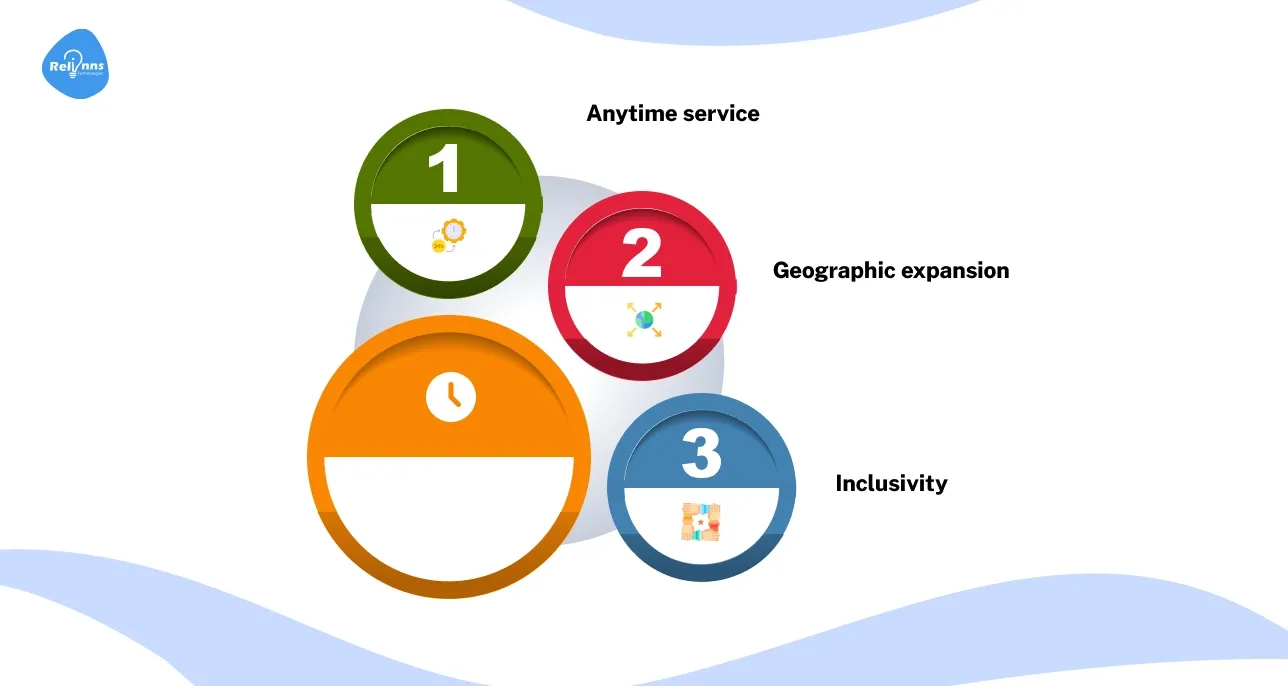
Digital onboarding opens the door for banks to reach more customers beyond the constraints of physical branches and business hours.
This benefit has two sides: time and geography. First, prospects can initiate and complete onboarding 24/7. Second, banks can attract customers who are not near any branch or even in different regions.
Key aspects of 24/7 and remote onboarding.
- Anytime service: Whether it’s midnight on a Sunday or early morning, digital onboarding portals are always open. Prospective customers don’t have to wait for a branch to open or schedule an appointment.
- Geographic expansion: A robust digital onboarding process enables a bank in one city (or country) to onboard a customer from another town, or even internationally. This dramatically expands the market a bank can serve.
- Inclusivity: Customers with mobility challenges or those who simply have hectic schedules appreciate the flexibility of remote onboarding. It levels the playing field by not forcing everyone into a branch visit.
For banks, this is a game-changer.
They can acquire customers in rural areas or regions with no branch presence by offering a fully digital account opening.
Neobanks have leveraged this benefit to compete with incumbents, acquiring millions of users purely online. Traditional banks now follow suit, using digital onboarding benefits to extend their reach without the expense of new branch infrastructure.
By being available around the clock, banks also capture impulse account openings – for instance, a potential client reads about a new credit card at 10 PM and can sign up on the spot.
In the past, that interest might have faded by Monday morning; now, it has converted. In short, digital onboarding turns banking into a borderless, always-on service, which is essential in today’s connected world.
8. Greater Scalability and Efficiency
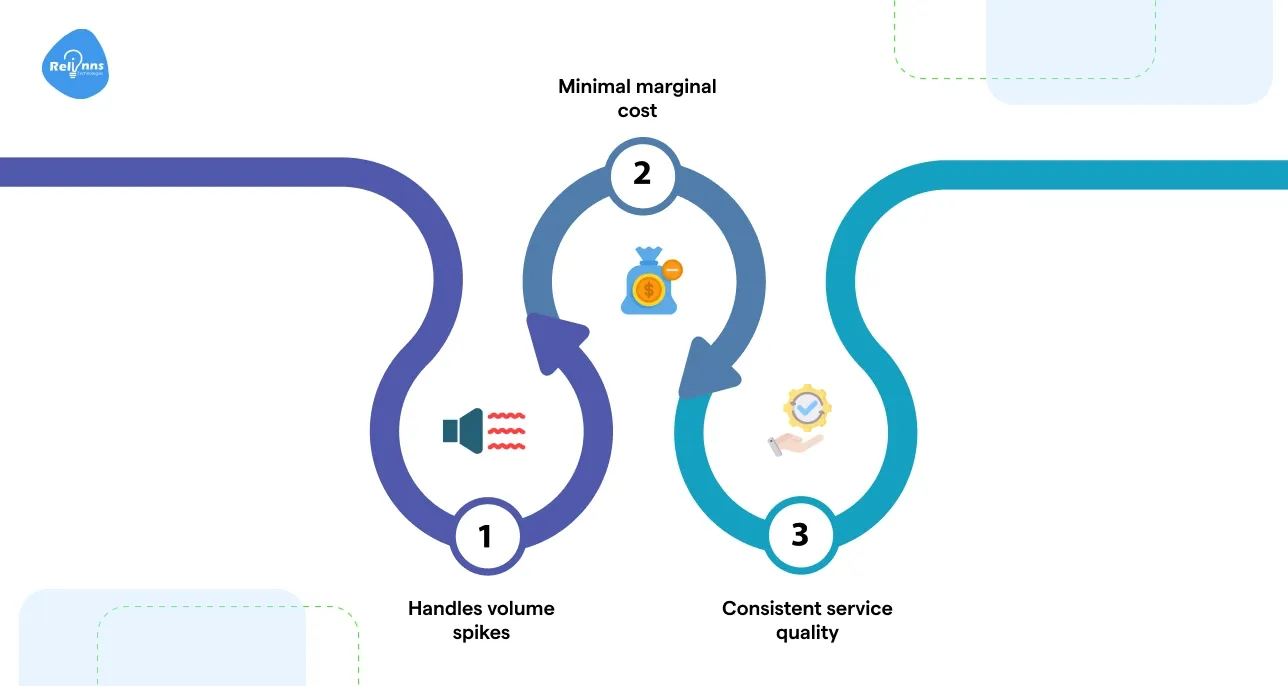
Scaling up onboarding capacity used to mean hiring more staff and opening more offices. With digital onboarding, a bank can scale much more efficiently.
Whether a bank is seeing a sudden spike in new applications or planning long-term growth, a digital process handles volume with far less strain.
This scalability is a crucial digital onboarding benefit for banks pursuing aggressive growth or dealing with seasonal surges.
How digital onboarding offers scalability.
- Handles volume spikes: Automated workflows can process many applications in parallel, eliminating the need for queues, either physical or virtual.
- Minimal marginal cost: Once the digital platform is in place, each additional account opened adds minimal cost. This contrasts with manual processes that would require proportionally more personnel and resources as volume grows.
- Consistent service quality: Whether 10 people sign up in a day or 10,000 do, each customer gets a consistent, smooth experience. The platform doesn’t get tired or make errors when overloaded, unlike human staff under pressure.
A real-world illustration: Some banks saw huge spikes in account openings during pandemic lockdowns (when digital was the only option). Those with robust digital onboarding handled the influx seamlessly, whereas others struggled to keep up.
The ability to scale is also crucial for expanding into new markets or demographics. If a bank launches a youth-focused mobile account, a viral spike in sign-ups won’t overwhelm it if the onboarding is fully automated.
For banking professionals, this means you can confidently pursue growth strategies, knowing your onboarding process can keep pace with demand.
9. Improved Integration and Data Utility
Digital onboarding systems don’t operate in isolation – they often integrate with the bank’s core banking, CRM, and analytics systems.
This integration is a significant benefit. When a new customer’s data flows seamlessly into all relevant systems, the bank can immediately leverage that information to enhance service and drive cross-selling.
In essence, digital onboarding becomes the foundation for a richer customer relationship from day one.
Integration benefits of digital onboarding.
- Single customer view: Information collected during onboarding (personal details, product interests, uploaded documents) goes straight into a centralized database.
- Faster product activation: Once the account is open digitally, other services can be linked instantly. A new customer who opens a checking account online can immediately be offered a savings account or credit card pre-approval.
- Data-driven insights: Digital onboarding can capture marketing insights (like which channel led the customer to sign up, or which features they showed interest in).
Ultimately, this is about breaking silos.
Traditional onboarding might have involved photocopying IDs that sit in a file cabinet and manually keying data into one system, requiring other teams to re-enter it elsewhere.
With a well-integrated banking onboarding software platform, the data is entered once by the customer and then flows wherever needed. This not only improves efficiency (no repetitive admin work) but also sets the stage for better customer service.
The bank’s systems “know” the customer from the first interaction.
Thus, the advantages of digital onboarding extend beyond onboarding itself – they enrich the entire customer lifecycle through better data and integration.
10. Higher Employee Productivity
By automating the routine aspects of onboarding, banks also benefit from more productive employees.
This is a sometimes overlooked angle of digital onboarding benefits for banks: it frees your team to focus on value-added activities rather than shuffling forms.
Branch and operations staff can devote time to advising customers or resolving complex issues, instead of repetitive data processing.
Ways digital onboarding boosts staff productivity.
- Fewer manual tasks: Employees no longer need to manually enter customer information into multiple systems or chase down missing documents.
- Streamlined exception handling: With automation doing the heavy lifting, staff only need to step in for exceptions or high-risk cases.
- Training and adaptability: A digital process is standardized, which simplifies training for new employees and reduces errors.
Happier, more efficient employees often lead to happier customers as well.
Banks have found that automation in onboarding and KYC allows each employee to handle a higher volume of clients without burnout.
In an industry where human talent and customer service are key differentiators, freeing your people to do what they do best, rather than do grunt work, is a significant competitive advantage.
Digital onboarding thus not only improves the customer journey but also the employee journey, creating a virtuous cycle of efficiency and service quality.
11. Competitive Advantage and Brand Image
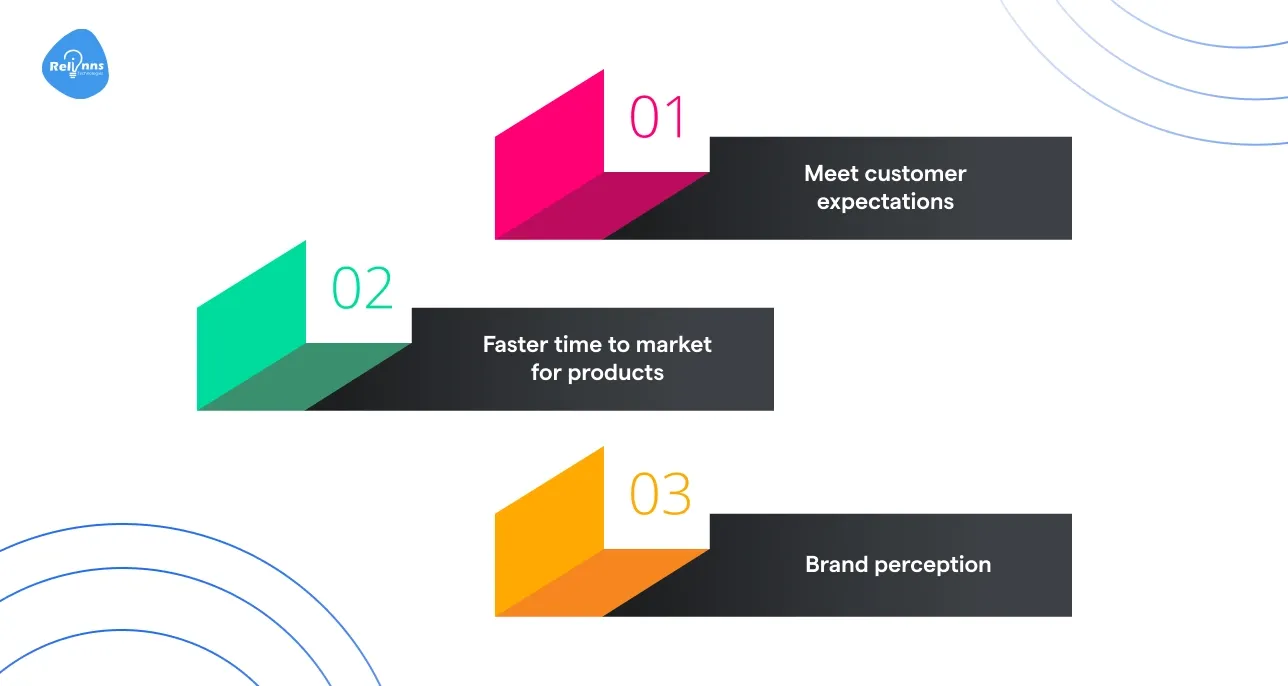
Finally, embracing digital onboarding gives banks a strategic edge and reinforces their brand as an innovator.
In a crowded market, being known for easy, customer-friendly onboarding can differentiate a bank and attract tech-savvy customers who might otherwise choose a fintech or neobank.
This forward-looking stance is a significant advantage of digital onboarding from a business perspective.
Competitive and brand benefits.
- Meet customer expectations: Especially younger demographics now expect banking to be as easy as opening an app. Offering fully digital onboarding appeals to Millennials and Gen Z.
- Faster time to market for products: When onboarding is digital and modular, launching new products or entering new regions is easier.
- Brand perception: A slick digital onboarding experience sends a message that the bank is modern and customer-centric. It builds trust from the first interaction.
Nowadays, digital transformation in banking, being an early adopter of improvements like digital onboarding, signals that a bank is keeping up with the times.
It’s no coincidence that many “best bank” awards and high customer satisfaction ratings correlate with strong digital offerings.
Additionally, from a marketing standpoint, banks often tout their easy digital account opening in advertising because it’s a selling point that resonates. All told, investing in digital onboarding capabilities is investing in the bank’s long-term relevance.
It not only yields the immediate benefits we discussed (speed, cost savings, etc.) but also positions the institution as a leader. In an industry facing disruptive competition, that competitive edge can be the difference in capturing the next generation of clients.
Unlocking the Full Digital Onboarding Benefits for Banks: Next Steps with Relinns
From the above digital onboarding benefits for banks, it’s clear that transforming the onboarding process pays dividends across the board.
Banks gain faster customer acquisition, lower costs, stronger compliance, and happier customers – all critical outcomes in today’s competitive financial sector.
Crucially, success in digital onboarding requires the right partner and platform.
Relinns offers a robust, customizable platform for banking onboarding software, built using low-code/no-code services like Joget Development.
Their expert team helps banks rapidly develop and deploy digital onboarding workflows tailored to specific compliance and user needs, without heavy coding.
From AI-powered KYC checks to seamless UX design, Relinns ensures a frictionless experience that accelerates customer acquisition while reducing internal complexity.
If your bank is looking to improve customer onboarding in banking, now is the time to act.
Why Choose Relinns?
- Low-code Joget tools enable rapid app customization for banks.
- AI-driven features enhance verification, compliance, and fraud detection.
- Modular architecture integrates easily with your existing systems.
- A dedicated team provides end-to-end onboarding implementation support.
- Scalable platform adapts to future banking needs effortlessly.
Contact Relinns today to discover how our digital onboarding solution can be tailored to your bank’s needs.
Let us help you turn onboarding into a competitive advantage and a strong foundation for lifelong customer relationships.
Frequently Asked Questions (FAQ's)
How does customer onboarding in banking affect long-term client retention?
A smooth digital customer onboarding experience in banking builds trust, increases early product adoption, and significantly boosts long-term retention, especially when combined with personalized service and follow-up engagement.
Can banking onboarding software support multi-product onboarding at once?
Yes, modern banking onboarding software allows customers to sign up for multiple accounts or services in a single session, improving user experience and operational efficiency for banks.
What role does digital KYC play in cross-border banking onboarding?
Digital KYC solutions support international compliance by verifying global IDs and running cross-border AML checks—critical for banks onboarding non-resident or remote customers.
How does digital transformation in banking reshape rural outreach strategies?
Digital transformation in banking enables outreach to underbanked or rural areas through mobile-first platforms, allowing banks to offer remote onboarding without opening physical branches.
What are the regulatory risks of ignoring digital onboarding benefits for banks?
Avoiding digital onboarding benefits for banks can increase audit failures, raise AML risks, and result in non-compliance fines, especially as global regulators demand tech-enabled due diligence.
How do the advantages of digital onboarding support embedded finance initiatives?
The advantages of digital onboarding extend to fintech partnerships by enabling API-driven signups, seamless data sharing, and faster onboarding for embedded banking experiences in third-party platforms.


